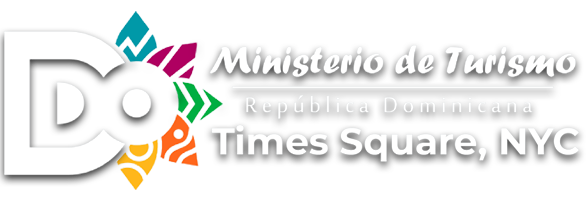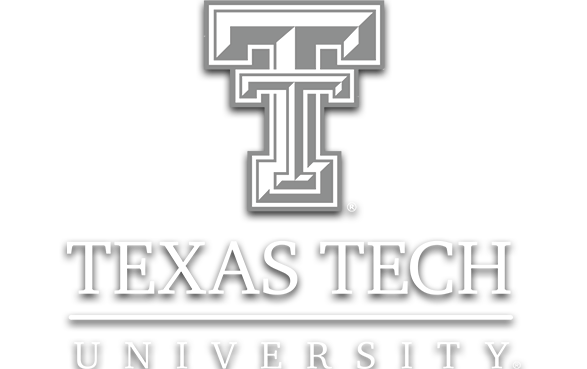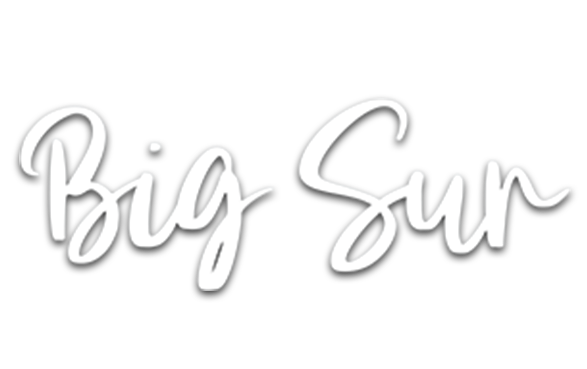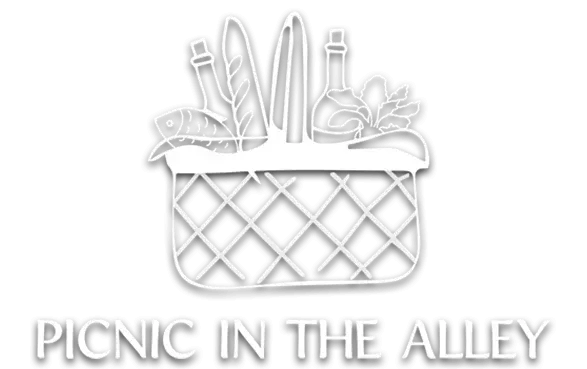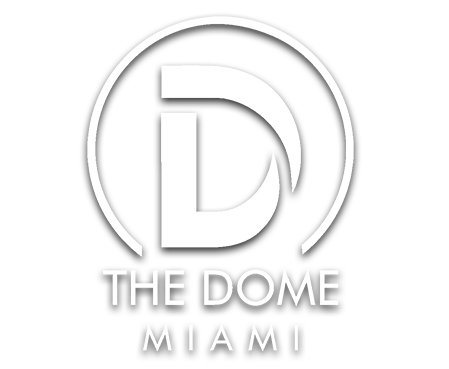Want to become an animator and bring characters and stories to life through content creation? Being an animator means you need equal parts creativity and technical skills. In an industry that’s always changing, it can be difficult to know what skills you need to get started, or even where to start.
What Is an Animator?
An animator is a creative artist who makes illustrations come to life through motion and character. What animators do is breathe life into characters and worlds for films, TV shows, video games, and more, using a blend of artistic and technical skills. The history of animation is extensive, and the techniques used to create an animation have changed over the years.
8 Essential Skills You Need to Become an Animator
The 3D animation market is continuously growing. In 2023, the market size for animation was reportedly 371.21 billion dollars . To succeed as an animator in 2024, you need more than just artistic talent and technical skills. The dynamic nature of this field requires you to constantly learn, adapt, and innovate. Passion, perseverance, and a willingness to push boundaries are what differentiates a good animator from a great one.
Let’s jump straight into the essential skills of an animator, starting with the artistic side.
artistic skills
- Drawing and illustration
- Character design
- Storyboarding
- Color theory and composition
- Perspective drawing
- Background and environment design
- Concept art
- And more…

Knowledge of storyboarding is essential, as it allows animators to plan out the timing and sequence of scenes. Understanding color theory and composition enables animators to create visually striking and cohesive worlds that captivate audiences. Having command over these foundational artistic skills empowers animators to bring their sketches to life.
But this doesn’t mean you must be a traditional artist to become an animator.
The growing accessibility of software has opened creative possibilities to prospective artists around the world without access to traditional mediums or formal training. With the right software, aspiring animators can bring imaginative worlds to life using digital tools and techniques. Furthermore, there are seemingly endless resources available online to get started at any point of your journey.
Artistic skill in the digital realm is just as valuable as classic techniques and continues to redefine what it means to be an animator today. Having a knack for digital art is highly transferable to animation, but even if you’re starting as a complete beginner, artistic skills can be learned with practice and time.
Technical Skills
Technical skills are equally important now that the vast majority of animation is all done digitally. The specific technical skills you should know depend on the type of animation you’re planning to pursue, but here are some of the most important technical skills for animators:
- 2D animation
- 3D modeling and animation rigging
- Character animation
- Motion graphics
- Compositing
- Video editing
- Rendering
- And more…

DCC software plays an essential role in the creation of digital animations. Therefore, an understanding of how to navigate and use such software is an essential part of an animator’s skill set. Although prior knowledge of specific software programs is not a strict requirement, having a technical aptitude or a solid understanding of animation software and its capabilities is crucial.

Efficient Time Management and Organization
Time management and organization stand out as indispensable skills for an animator, it doesn’t matter whether you’re planning to work for a company or do it on your own as a freelancer. Meeting deadlines is paramount in the fast-paced animation industry, where projects are often time-sensitive.
Adaptability and Learning
Adaptability and a hunger for learning are crucial skills. Keeping up with industry trends and advancements is essential for creating captivating work. Animators need to be open to learning new software and techniques, as it enables them to handle diverse projects effectively. A background in animation isn’t even necessary to get started. Brandon Kern, a 3D animator for Pixar Animation Studios, is a good demonstration of this. Although he had a degree in chemistry and no experience with animation, he found his place in the industry through hard work and dedication to the craft.


Good Communication and Teamwork
Effective communication and teamwork are vital for animators. Most jobs will require collaboration with other teams or departments. Clear communication ensures that everyone works towards a unified vision. Good communication in your team taps into collective creativity, leading to exceptional results.
Creative Problem-Solving Skills
Creative problem-solving helps animators overcome hurdles that hinder the flow of ideas. Projects present various technical and storytelling challenges. Animators must think innovatively to find out-of-the-box solutions that also deliver outstanding results.
Computer-generated imagery (CGI) is the perfect example of creative problem-solving. Back in the 90s, CGI was a very new technology that animators were still figuring out how to implement in an industry that primarily relied on 2D animation. The team at Warner Bros. dealt with this first-hand during the creation of the 1999 film The Iron Giant . More specifically they were tasked with finding a way to make the 3D Iron Giant blend in seamlessly with the 2D environment and characters. Eventually, the team managed to do it using several innovative techniques to overcome the hurdle. Finding unique and imaginative ways to convey emotions, messages, and narratives is what sets exceptional animators apart!
Good Attention to Detail
Industry Awareness
Ready to Join the Animation Industry?
Animation requires a diverse skill set. Along with artistic and technical abilities, the skills needed to be an animator include time management, adaptability, good communication, attention to detail, and industry awareness to maintain an edge over your competitors. The capacity to creatively problem-solve and continuously learn new techniques and styles is also crucial.



